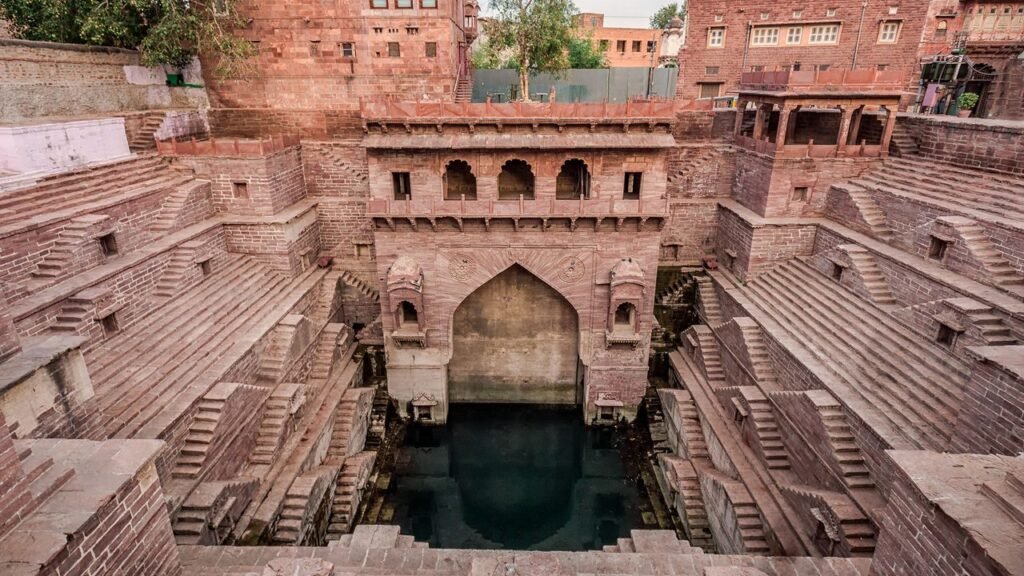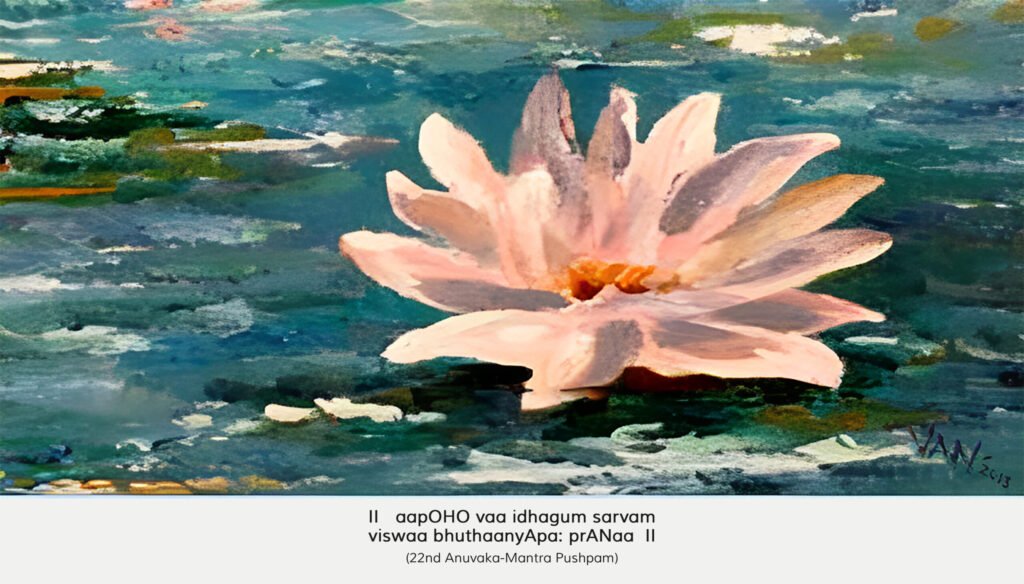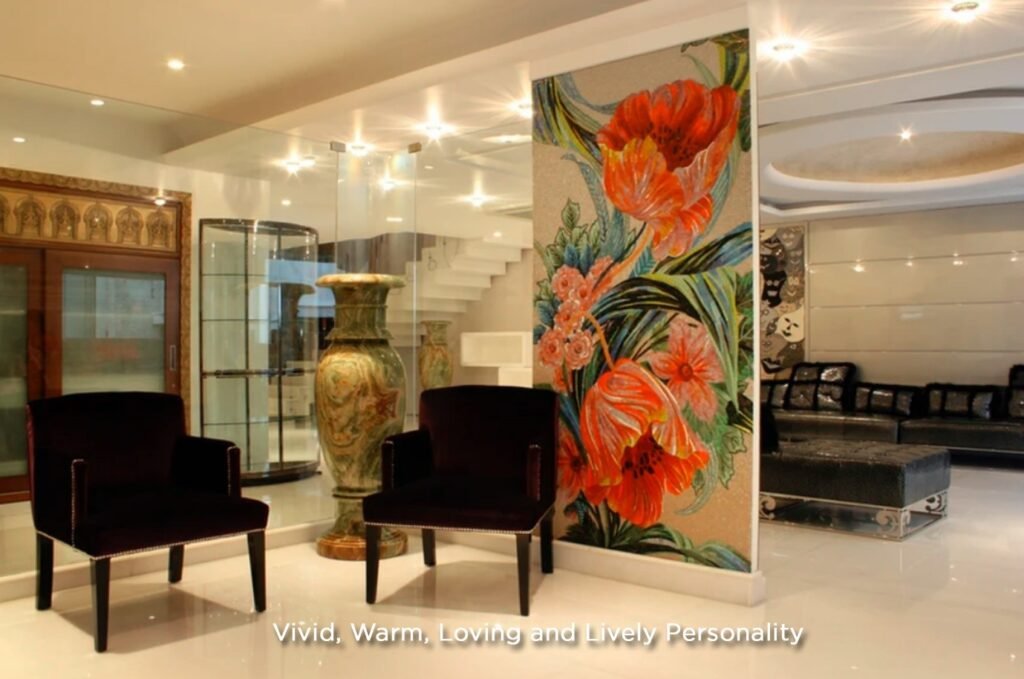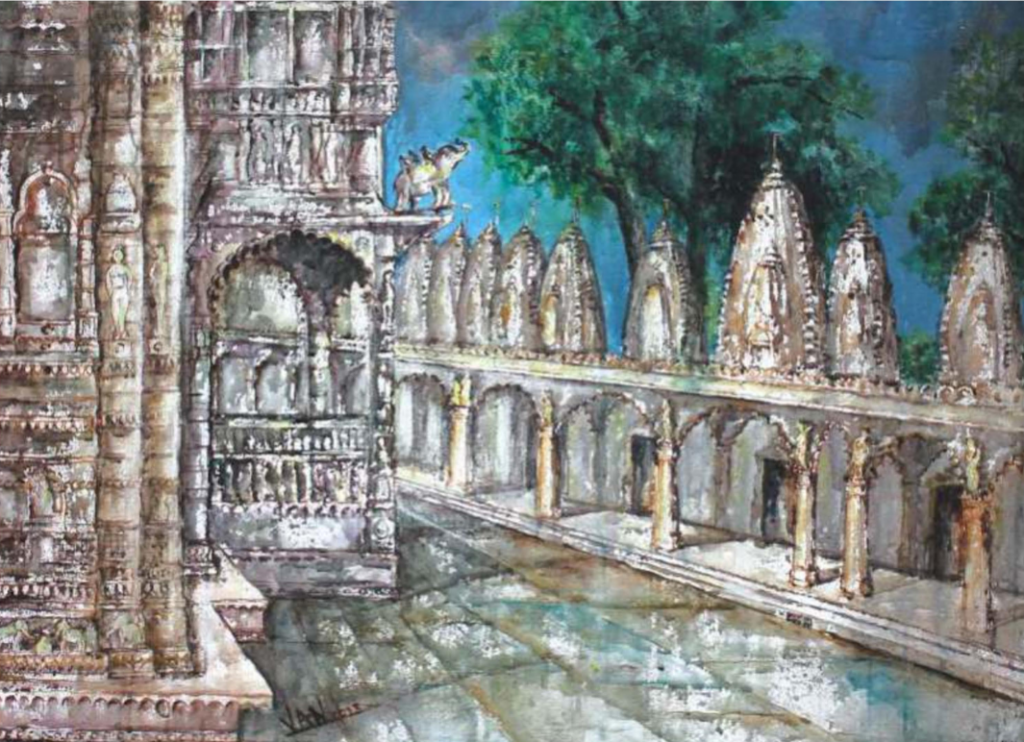The Life Between Walls An architect often observes that the soul of a city is not confined within buildings, but flows through the spaces between them. These are the streets, courtyards, plazas, thresholds, verandas, gardens, and promenades that stitch urban fabric into lived experience. Buildings may be the nouns of architecture, but the in-between spaces …

Table of Contents
The Life Between Walls
An architect often observes that the soul of a city is not confined within buildings, but flows through the spaces between them. These are the streets, courtyards, plazas, thresholds, verandas, gardens, and promenades that stitch urban fabric into lived experience. Buildings may be the nouns of architecture, but the in-between spaces are its verbs where movement, encounter, and life occur.
From Rome’s piazzas to Kyoto’s temple gardens, from the shaded courtyards of Indian havelis to the buzzing sidewalks of New York, these spaces hold memory and meaning. They are where strangers meet, communities gather, rituals unfold, and cities breathe. Yet, in the rush of modern development, these spaces are often overlooked, treated as leftover voids rather than primary design elements.
From an architect’s perspective, designing the in-between is not an afterthought it is the essence of architecture as a social art. This essay explores why these spaces matter, how they can be designed with intention, and what global examples reveal about their role in shaping human behavior and collective identity.
Why the “In-Between” Matters
1. Social Glue
Spaces between buildings act as stages for public life. Jane Jacobs, in her seminal The Death and Life of Great American Cities, described sidewalks as arenas of social trust. For architects, the in-between is where design shapes the conditions for safety, interaction, and community.
2. Psychological Well-Being
Human beings seek both shelter and connection. Courtyards, shaded plazas, and parks provide respite from density and stress. Neuroscience studies show that access to open, green, and interactive environments reduces anxiety and improves mental health.
3. Climate Moderation
In hot climates, narrow shaded streets channel breezes; in cold ones, arcades shield from wind and snow. The in-between is not just social it is environmental infrastructure.
4. Cultural Identity
Rituals, festivals, and everyday habits find expression in shared spaces: Diwali in Indian courtyards, Semana Santa in Spanish plazas, cherry blossom viewings in Japanese parks. These events root communities in identity.
5. Economic Value
Vibrant in-between spaces attract commerce and tourism. Think of Barcelona’s Ramblas or Istanbul’s Grand Bazaar corridors the in-between as economic catalyst.
Categories of In-Between Spaces
Architects see the in-between in layers:
- Micro-Scale. Thresholds, verandas, stoops, atriums, balconies.
- Meso-Scale. Courtyards, alleyways, cloisters, atrium gardens.
- Macro-Scale. Plazas, squares, promenades, waterfronts, green corridors.
- Invisible In-Betweens. Soundscapes, light, and transitional atmospheres that shape experience between enclosure and openness.
Global Examples: Lessons from the In-Between
1. Piazza San Marco, Venice
Often called the “drawing room of Europe,” Piazza San Marco demonstrates how a city’s identity crystallizes in its public square. Surrounded by historic buildings, yet open to the lagoon, it balances enclosure and exposure. The architect’s lesson here: proportion, edges, and layering of thresholds matter as much as the void itself.
2. The High Line, New York – Diller Scofidio + Renfro
An abandoned elevated railway was transformed into a linear park. Here, the in-between is not ground-level but lifted a ribbon weaving through the city. It demonstrates how adaptive reuse can turn infrastructure into civic life, changing how people engage with their surroundings.
3. Indian Courtyards – Haveli and Pol Houses
In Rajasthan and Gujarat, courtyards serve as climatic devices and social theaters. They temper heat, allow privacy, and act as the heart of family life. These in-betweens blur interior and exterior, showing how architecture in hot climates is incomplete without central voids.
4. Barcelona’s Ramblas
A tree-lined promenade cutting through the city, the Ramblas is neither park nor street, but something between. It embodies fluidity part marketplace, part stage, part artery. For architects, it highlights the power of linear in-betweens to create continuous urban drama.
5. Kyoto’s Temple Gardens
The gardens of Ryoan-ji or Kinkaku-ji are not decorative but meditative in-betweens, designed for contemplation. The arrangement of stone, water, and void is as intentional as any wall or roof. Architects here learn that silence and emptiness are spatial materials.
6. Medina of Fez, Morocco
Narrow winding alleys, punctuated by small squares, reveal how density can coexist with intimacy. Here, the in-between regulates microclimate, fosters commerce, and sustains cultural rhythm.
7. Millennium Park, Chicago – Frank Gehry, Anish Kapoor, Kathryn Gustafson
This park demonstrates the collaborative power of architecture, landscape, and art. The Cloud Gate (“Bean”), Pritzker Pavilion, and gardens together create a layered in-between that is both spectacle and everyday amenity.
8. Auroville’s Matrimandir Gardens, India
In Auroville, the spiritual heart is not the gold sphere itself, but the gardens around it. They act as transition between chaos and contemplation, emphasizing the architect’s role in choreographing movement into stillness.
Designing the In-Between: Architect’s Strategies
- Edges and Boundaries. The quality of in-betweens depends on how edges are articulated. Arcades, colonnades, steps, and shaded verandas create porous boundaries.
- Human Scale. Spaces succeed when scaled to the pedestrian, not the automobile. Oversized voids become alienating; intimate proportions foster comfort.
- Climatic Responsiveness. Orientation, vegetation, and water features can make in-betweens habitable across seasons.
- Flexibility. In-betweens must adapt to multiple uses: markets by day, festivals by night.
- Inclusivity. The best in-betweens are democratic welcoming diverse social groups without exclusivity.
- Memory and Identity. Spaces carry layers of ritual; design must accommodate continuity.
When In-Betweens Fail
Poorly designed or neglected in-betweens can harm cities:
- Dead Plazas. Oversized, barren squares (like some modernist experiments) lack intimacy.
- Hostile Streets. Car-dominated roads prioritize speed over human presence.
- Privatized Voids. Gated plazas or malls exclude public life, turning shared space into consumption-only zones.
- Unsafe Interstitials. Unlit alleys or isolated underpasses become spaces of fear.
An architect thus recognizes that absence of intention is itself a design failure.
Contemporary Challenges
- Urban Density. Megacities often sacrifice open spaces for built volume. The challenge is carving humane voids amid pressure.
- Climate Change. Heat islands demand shaded, green in-betweens for resilience.
- Digital Life. Public spaces must compete with screens for attention design must make them irresistible.
- Inequality. In many cities, in-betweens become contested zones who gets to belong? Architects must design inclusively.
Toward a New Paradigm: Beyond Buildings
From the architect’s point of view, the future of cities lies not in monumental towers but in generous in-betweens. The projects that define 21st-century urbanism High Line in New York, Superkilen Park in Copenhagen, Cheonggyecheon Stream in Seoul are not iconic buildings but reimagined public spaces.
The message is clear: architecture’s success will be measured less by skylines and more by street life. The in-between is not filler; it is the stage on which civic life unfolds.
Conclusion: Designing Life, Not Just Form
An architect knows that when people recall a city, they rarely remember only the façades they remember the walks, the plazas, the benches, the steps where conversations lingered. Architecture, therefore, extends beyond enclosure. It is about choreographing life between built forms.
The architecture of the in-between is both ancient and urgent: as old as a Greek agora, as contemporary as a rooftop garden in Singapore. Globally, the examples converge on one truth: the essence of architecture is not the object, but the relationship.
For in the end, buildings are frames. It is the in-between that paints the picture of collective life. Designing that picture shaded, inclusive, vibrant, and memorable is perhaps the most profound task of the architect.





